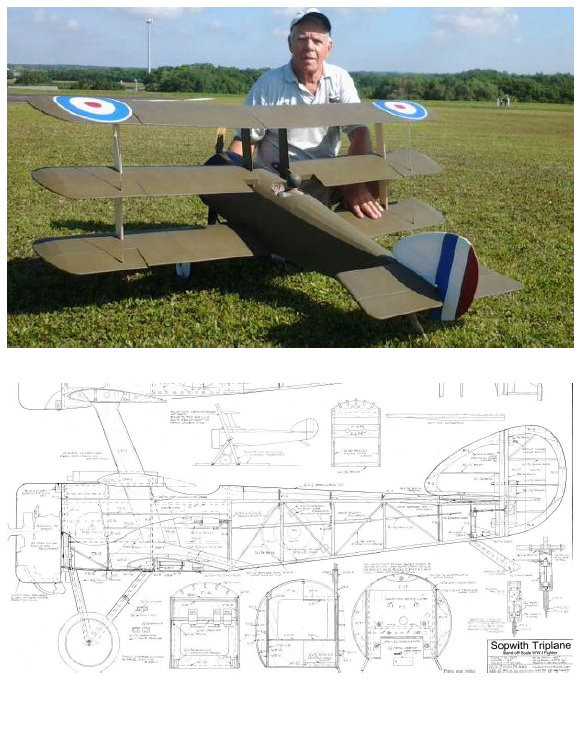Sometime in the late '80s, I was given a model of a Mustang. At the time, I was a teenager and had no idea what it was. I had never heard of Sterling Models. This was the first 'scale' warbird I had ever flown and the first with flaps. It did not have retracts. It was painted a dull grey, as I recall. After a short period, it was either sold or given to someone else who showed an interest in it. Perhaps they recognized it as the piece of radio control history that it was.
This kit ( FS-10 ) was produced in the early 1960s. There were models in competitions in 1962, so it predates that. It was still in production as of the 1975 catalog, but sometime before 1983, it was discontinued.
The markings are completely fictitious, with tail number 886414. However, if you flip those numbers around ( 414886 ), you have the serial of a P-51D-15 model. I'm not sure why Sterling ( or Phil Breittling sp? ) didn't choose a real subject. Just two airframes later ( 414888 ) is the famous "Glamorous Glen III", flown by Chuck Yeager.
While the model is very "stand-off" scale for a D model, it looks better as an H model. The kit doesn't specify but, I'm pretty sure it was supposed to be modeled after the H model, with how the landing gear looks, the missing leading edge extension and the smaller dorsal fin.
The top airplane is a D model, while the bottom is an H model.
The instructions are printed on the plans.
The balance point for radio control is shown exactly 1-1/8" behind that for the control line setup. The wing plans are on the other side of the sheet.
I'm going to build the kit as stock as possible, right down to the sewn hinges and brass sheet landing gear doors. All I need to do is find a Veco S7 2-3/4" spinner, T29D clunk fuel tank and some period 3.5" wheels.



































